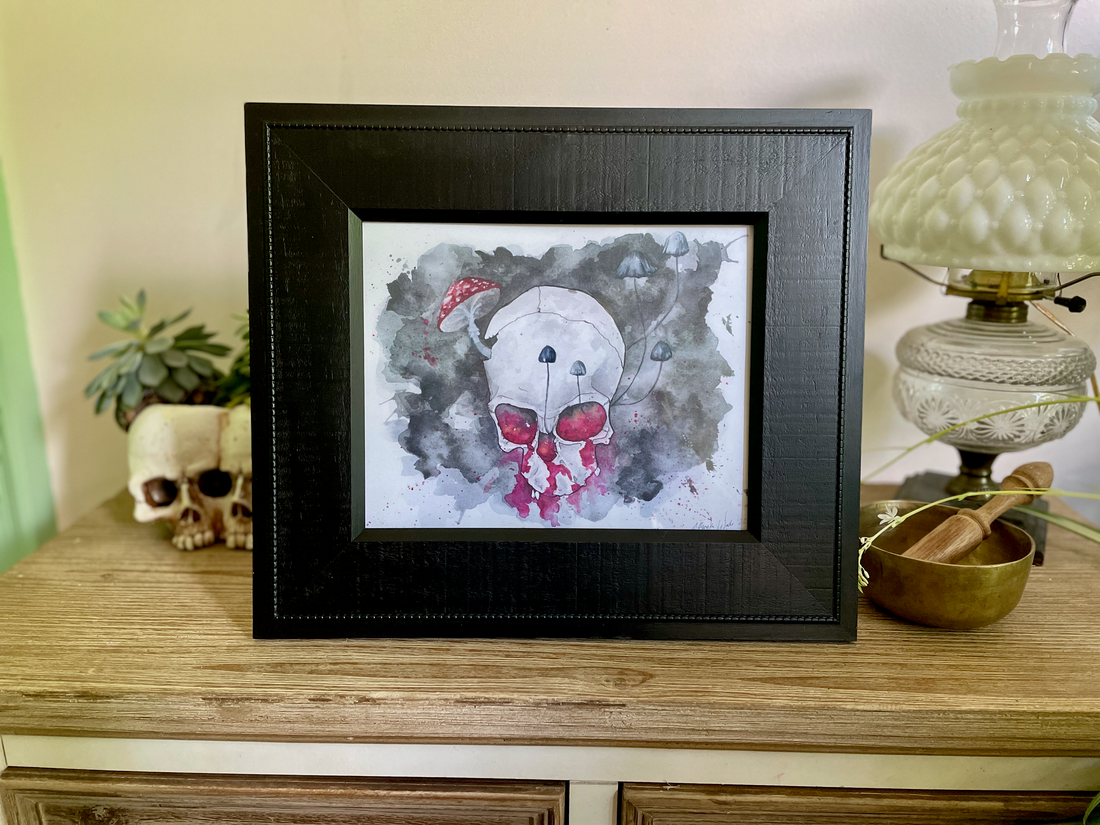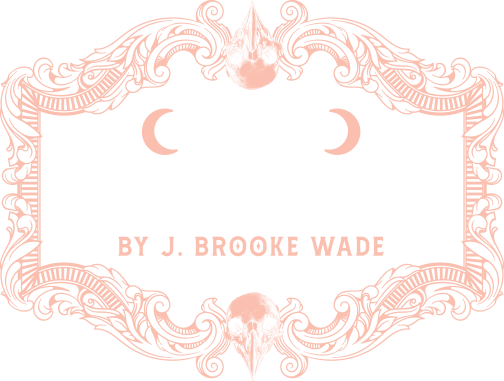
Skull Art in Pop Culture: Iconic Representations and Their Influence
Share
The Influence of Skull Art in Pop Culture
Today, we’re diving into the fascinating world of skull art and its pervasive presence in pop culture. Digital art has played a significant role in the proliferation of skull imagery, offering various types of artworks for sale, including paintings, drawings, and prints. From movies and music to fashion and video games, skull imagery has become an iconic symbol that resonates with many. As a watercolor artist with a deep appreciation for both traditional and contemporary art forms, I’m excited to explore how skulls have influenced and been influenced by the vibrant tapestry of modern culture.
The Skull as a Symbol
The skull has long been a potent symbol in human history, representing everything from mortality and danger to rebellion and transformation. Its association with death adds layers of symbolic meanings, including its representation as a turning point in life, a signifier of vanity, and its use in celebrating and commemorating the dead. This versatility and stark visual impact make it a compelling subject for artists across various mediums. In pop culture, the skull’s significance has evolved, often embodying themes of defiance, identity, and existential reflection.
Movies: Skulls on the Silver Screen
Skulls have made unforgettable appearances in movies, often symbolizing danger, mystery, and the macabre. One of the most iconic skull images in film is the Jolly Roger flag from pirate movies. The skull and crossbones symbolize piracy and adventure, evoking a sense of danger and intrigue. Films like "Pirates of the Caribbean" have cemented this imagery in popular culture, making the skull and crossbones synonymous with swashbuckling tales and high-seas escapades.
Another memorable instance is the skull imagery in horror films. The "Evil Dead" series, with its striking use of skulls on posters and promotional material, immediately signals a journey into the terrifying unknown. The skull’s presence prepares the audience for a visceral experience, merging fear with fascination.
Music: Rocking the Skulls
In the music world, skulls are almost synonymous with the rock and heavy metal genres. Bands like The Misfits have used skulls in their logos and album art to create a distinct, rebellious identity. The Misfits' iconic "Fiend Skull" has become a symbol of punk rock culture, embodying a spirit of defiance and raw energy.
Similarly, the Grateful Dead's "Steal Your Face" logo features a stylized skull with a lightning bolt, merging psychedelic art with a sense of the ephemeral. This imagery resonates deeply with fans, encapsulating the band's ethos and the countercultural movement of the 1960s and 70s.
Fashion: Skulls on the Runway
Skulls have also carved out a niche in the fashion industry. Designers like Alexander McQueen have famously incorporated skull motifs into their collections, blending macabre elements with high fashion. McQueen's use of skulls in scarves, jewelry, and clothing creates a striking juxtaposition of beauty and mortality, challenging traditional notions of elegance.
Ed Hardy, another prominent name, brought skulls into mainstream fashion with his tattoo-inspired designs. The brand's use of vibrant, intricate skull artwork on t-shirts, caps, and accessories became a symbol of edgy, street-smart style.
Video Games: Skulls in the Digital Realm
In the realm of video games, skulls often represent danger, power, and mystery. The "Halo" series, for instance, features skulls as hidden collectibles that unlock special gameplay modifiers. These skulls add an extra layer of challenge and intrigue, encouraging players to explore every corner of the game world.
"Skyrim," another popular game, uses skull imagery to enhance its dark, medieval atmosphere. Skulls can be found in dungeons, on altars, and as part of magical rituals, adding to the game's immersive experience. The consistent use of skulls reinforces the themes of peril and ancient power that permeate the game.
Contemporary Art: Skulls and Modern Expression
The influence of pop culture on contemporary art is undeniable, and skulls are a prominent motif in modern artistic expressions. Illustration plays a significant role in contemporary skull art, encouraging viewers to look beneath the surface value of the piece. Damien Hirst’s “For the Love of God,” a platinum cast of a human skull encrusted with diamonds, is a striking example. This work challenges viewers to confront their perceptions of mortality, value, and beauty, blending fine art with a pop culture sensibility.
Street artists like Jean-Michel Basquiat have also employed skull imagery to powerful effect. Basquiat’s work often incorporates skeletal forms to explore themes of identity, race, and mortality, reflecting the gritty reality of urban life. His art bridges the gap between high art and street culture, highlighting the skull as a versatile and evocative symbol.
The Skulls' Influence on Contemporary Art
The continuous presence of skull imagery in pop culture has significantly influenced contemporary artists. Painting, in particular, plays a crucial role in contemporary skull art, allowing artists to explore various artistic styles such as digital art, fine art, and watercolor painting. The skull’s ability to convey complex themes makes it a favorite among artists looking to make bold statements. This symbol’s intersection with pop culture has broadened its appeal, making it accessible and relatable to a wider audience.
As a watercolor artist, I find the interplay between traditional techniques and contemporary themes fascinating. The skull, with its rich historical context and modern reinterpretations, offers endless possibilities for creative exploration. Whether through delicate washes of color or bold, graphic lines, the skull can be transformed to evoke a range of emotions and narratives.
The Enduring Allure of Skulls
Skull art’s pervasive presence in pop culture underscores its enduring allure. The iconic 'Skull of a Skeleton with Burning Cigarette' painting by Vincent van Gogh is a prime example of this fascination. From the rebellious energy of rock music to the high fashion runways, from the immersive worlds of video games to the reflective spaces of contemporary art galleries, skulls continue to captivate and inspire. The 'Dia de los Muertos' festival in Mexico celebrates life and death, adding another layer to the skull's cultural significance. Their ability to convey complex, often contradictory themes makes them a powerful symbol that resonates across various cultural landscapes. During the Dia de los Muertos festival, sugar skulls are adorned with bright feathers, beads, and icing, and are recognizable by the lashings of flowers alongside bright colors and intricate detailing.
For artists and enthusiasts alike, the skull remains a compelling subject, rich with meaning and potential. The image of a skull can convey different meanings and evoke diverse interpretations, encompassing themes of vanity, fashion, symbolism, and personal storytelling in art. Whether you’re exploring skull imagery in your own artwork or appreciating its many manifestations in pop culture, there’s no denying the skull’s profound impact on our visual language. Artistic depictions often include skeletons, further emphasizing the anatomical and symbolic depth of skull art. The use of sugar skulls during the Dia de los Muertos festival commemorates the dead, adding a festive and meaningful dimension to the skull's representation.
Thank you for joining me on this journey through the world of skull art in pop culture. I hope this exploration inspires you to look closer at the symbols around us and to find your own creative voice in the ever-evolving dialogue between art and culture. To learn more about my approach to skull art, see my collection today!
